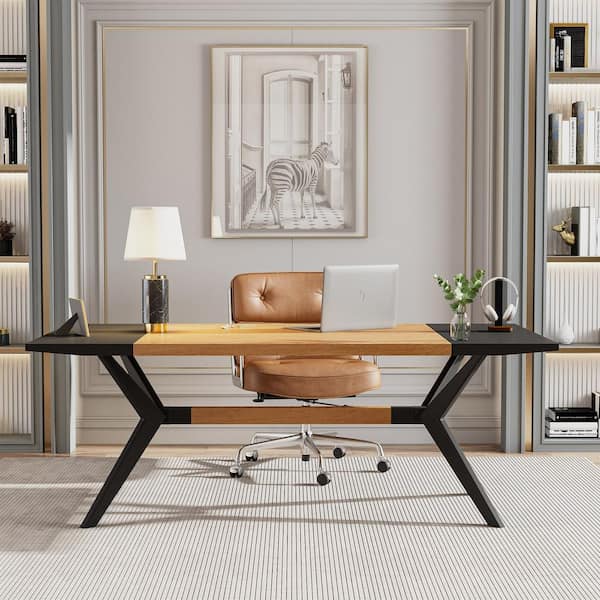The Ultimate Guide to Selecting Durable Dining Room Table Legs
The Ultimate Guide to Selecting Durable Dining Room Table Legs
Blog Article
A Comprehensive Check Out Eating Table Leg Styles: Discovering the Ideal Suit
Picking the ideal table leg design is critical for both visual appeal and sensible capability. Conventional four legs supply ageless elegance and security, while the pedestal base provides boosted legroom and a contemporary appearance. For those with bigger tables, trestle legs ensure durable support, whereas hairpin legs present a mid-century contemporary vibe with their minimal style. The x-shaped legs blend modern style with enhanced security. Each of these choices brings special benefits, making the choice greater than just an issue of preference. Discover even more to discover which style flawlessly matches your dining area and way of living.
Conventional 4 Legs
Among the various types of eating table leg designs, the standard four-leg style stays a timeless choice for many houses. 4 legs supply balanced support, ensuring the table remains steady and qualified of bearing significant weight (dining room table legs).
From a visual perspective, the traditional four-leg design can be conveniently adapted to different interior designs. Whether crafted from timber, metal, or a mix of products, these legs can be elaborately carved, streamlined and minimalistic, or anything in between. Their convenience enables them to complement both rustic and modern settings seamlessly.
In addition, the uncomplicated structure of the four-leg style helps with ease of activity and placement within an area. Unlike even more complex bases, this style minimizes blockages, offering ample legroom for restaurants. In summary, the typical four-leg table leg design marries enduring sophistication with useful capability, making it an astute selection for those seeking both kind and function in their eating furniture.
Pedestal Base
Often commemorated for its elegant and space-efficient style, the stand base is a recognized choice to the conventional four-leg arrangement in table leg designs. This distinctive base normally includes a single main column sustaining the tabletop, which can vary in kind, from ornately carved wood to streamlined, modern metal. Among the key advantages of the pedestal base is its capability to maximize legroom and seating versatility. Without edge legs, restaurants are afforded higher flexibility of activity, making it a perfect option for round and oblong tables that advertise more intimate and inclusive events.
In addition, the stand base's central support can take care of considerable weight, enabling making use of much heavier tabletops, such as marble or thick hardwood. This stamina combined with its aesthetic adaptability makes the pedestal base a prominent option in both standard and modern indoor settings. It can perfectly integrate with various design themes, from classic elegance to minimal modernity. In addition, the main column itself uses a canvas for complex styles and creative expressions, adding a component of aesthetic rate of interest underneath Your Domain Name the table. In recap, the pedestal base combines capability snappy, making it a refined and practical alternative for varied dining settings.
Trestle Legs
Trestle legs offer a durable and ageless structure for dining tables, identified by their horizontal cross-bracing and tough support light beams. Originating from middle ages times, this design has actually developed yet preserved its necessary structure, making it a seasonal fave in both conventional and modern settings. The main trestle light beam, typically supported by two or even more upright blog posts, supplies exceptional security, permitting larger table sizes without the requirement for extra legs.
A substantial advantage of trestle leg tables is the enough legroom they offer. Unlike tables with 4 corner legs, the lack of obstructions at the table's sides offers unblocked space for chairs and restaurants, boosting convenience and ease of access. This makes trestle tables excellent for accommodating bigger celebrations, whether in a dining-room or a banquet hall.
The visual versatility of trestle legs is noteworthy. Offered in a selection of products such as timber, metal, and composite, they can be finished to match a large array of interior styles. From rustic farmhouse to sleek contemporary styles, trestle legs can be personalized to match specific preferences. Their long-lasting allure and functional benefits make trestle legs a compelling choice for those seeking both style and functionality in their dining table.
Barrette Legs

The allure of hairpin legs lies in their simpleness and versatility - dining room table legs. Readily available in a range of materials, including steel and brass, they can be ended up in numerous colors to complement different interior styles. Whether coupled with a rustic wood tabletop or a contemporary glass surface area, barrette legs easily blend performance with a touch of classic beauty
Sturdiness is an additional notable feature of hairpin legs. In spite of their fragile look, these legs are engineered to birth considerable weight, making sure the table stays secure and protected. Additionally, they are relatively easy to set up, making them a prominent option for do it yourself fanatics and specialist furnishings manufacturers alike.
X-Shaped Legs

Created from materials such as steel, timber, or a combination of both, X-shaped legs can be tailored to match numerous design preferences. Steel legs often provide a streamlined and industrial feel, ideal for loft-style apartment or condos and modern dining rooms. On the various other hand, wooden X-shaped legs use a warmer, extra rustic appeal, appropriate for farmhouse or diverse interiors. The flexibility in products permits homeowners to personalize their table to better fit their overall design plan.
Additionally, the design behind X-shaped legs makes certain even weight circulation, minimizing the risk of wobbling and improving toughness. This makes them specifically well-suited for larger table that require additional support. Essentially, X-shaped legs blend useful engineering with modern looks, making them a classic selection for varied eating atmospheres.
Final Thought
A detailed understanding of dining table leg designs exposes the distinct characteristics and advantages of each design. Trestle legs ensure durable support for bigger tables, and hairpin legs introduce a mid-century contemporary aesthetic.
Report this page